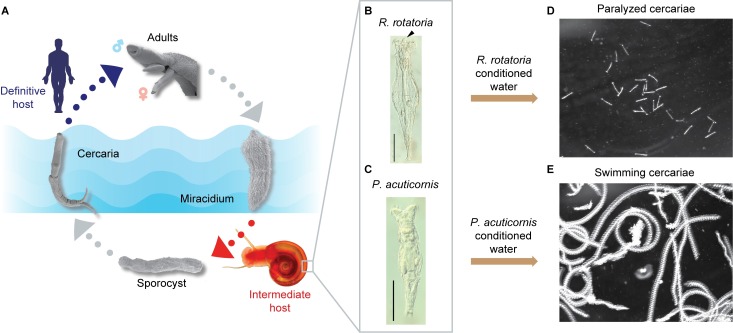Fig 1. R. rotatoria–conditioned water paralyzes Schistosoma mansoni cercariae.
(A) Life cycle of S. mansoni. Adult parasites, residing in the mammalian host vasculature, lay eggs (not shown). Upon exposure to fresh water, eggs release miracidia, which infect the appropriate snail host. Inside the snail, the parasite reproduces asexually, ultimately producing large numbers of free-swimming infective larvae (cercariae) that can penetrate mammalian skin to continue the life cycle (adapted from [16]). (B and C) Nomarski differential interference contrast microscopy images of R. rotatoria and Philodina acuticornis (arrowhead indicates the rostrum in R. rotatoria, which is lacking in P. acuticornis). Scale bars: 100 μm. (D and E) Maximum intensity projection (5 s, 150 frames) of cercariae motility after treatment with R. rotatoria– or P. acuticornis–conditioned water.

